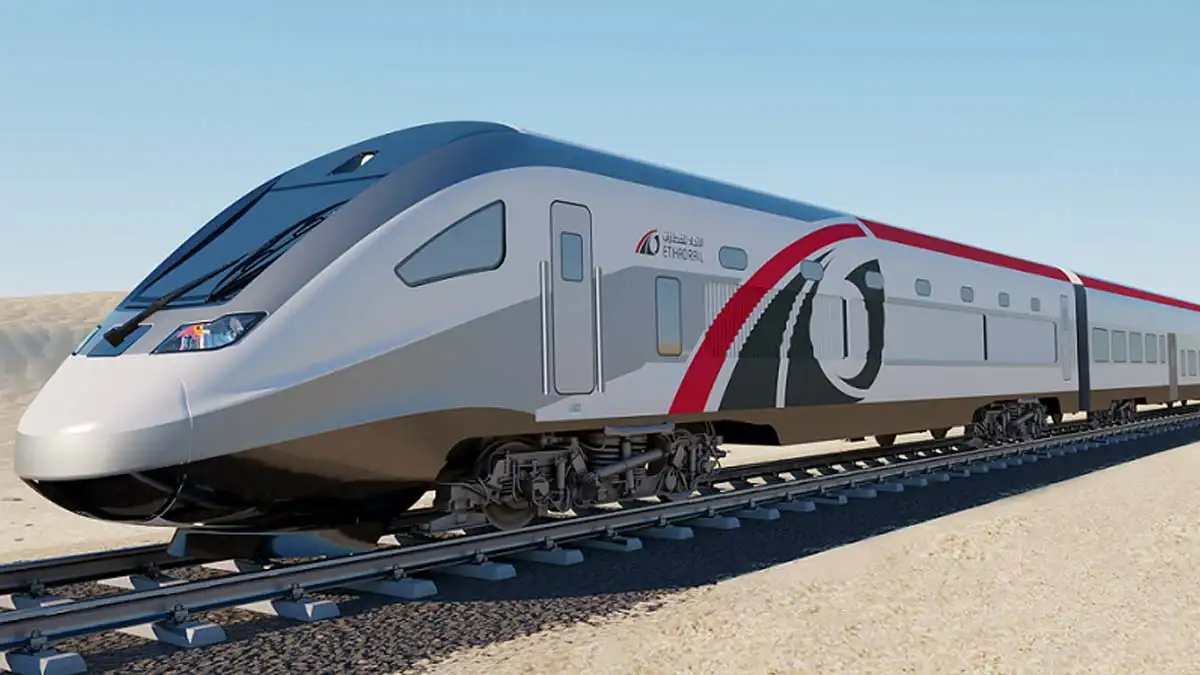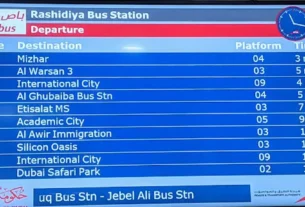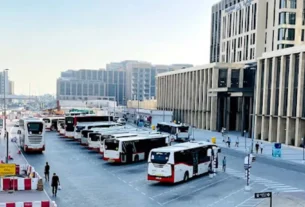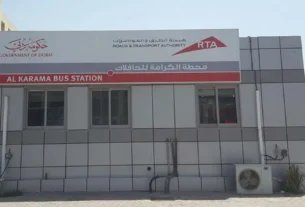The Etihad Rail passenger service is moving closer to reality and it could transform how people travel between Dubai, Abu Dhabi, and beyond. Here’s the latest with confirmed facts, timelines, and what you as a UAE resident or visitor need to know.
What Is Confirmed So Far
These are the solid, verified details after checking official sources, government announcements, and reputable UAE media.
| Aspect | Details |
|---|---|
| Launch year | 2026. The passenger service is expected to begin operations during 2026. |
| Network length & coverage | A 900 km national railway network connecting 11 cities / regions across all seven emirates. |
| Train speed | Regular passenger trains: up to 200 km/h. |
| Capacity and ridership | Each train will carry about 400 passengers. Expected to serve 36.5 million passengers per year by 2030. |
| Travel times between key routes | • Abu Dhabi ↔ Dubai: 57 minutes • Abu Dhabi ↔ Ruwais: 70 minutes • Abu Dhabi ↔ Fujairah: 105 minutes |
| Initial / confirmed stations | First four passenger-stations confirmed: Abu Dhabi, Dubai, Sharjah, Fujairah. Some station locations: • Fujairah: Sakamkam area. • Sharjah: near University City. • Dubai station: likely near Jumeirah Golf Estates. |
| Integration with existing transport / payment | Will integrate with metro, bus, taxi networks. Moreover, nol-card access is in planning. |
What’s Still Being Clarified
While many details are confirmed, some key things are not yet final. These are based on what isn’t yet verified across sources.
- Precise Dubai-Abu Dhabi high-speed line launch date: There’s talk of a high-speed (350 km/h) line cutting the journey to 30 minutes, but this is separate from the regular 200 km/h service and is still in planning stage. No firm start date.
- Full list of stations: Only some station locations have been confirmed; many are still being finalised.
- Ticket prices / fare structure: Not yet published.
- Exact alignment of high-speed vs regular service & how/if they integrate: Still under study.
Why This Matters to UAE Residents
This project isn’t just about new tracks it could change daily life in meaningful ways.
- Faster inter-emirate travel: The Abu Dhabi–Dubai trip under 60 minutes, possibly 30 minutes if high-speed comes through that could make routine commutes between emirates much more viable.
- Better connectivity: With stations in major emirates, people living outside Dubai or Abu Dhabi stand to gain improved access to jobs, education, and services.
- Convenience & comfort: Modern amenities, digital tools, and integrated payment make things easier. Moving from car-based dependence to more public-transport-friendly choices.
- Sustainability: Less road traffic means lower emissions, aligned with UAE’s environment and net-zero goals.
- Economic ripple effects: Expect growth in areas near stations (property value, business activity, development).
What to Keep an Eye On
A few things will determine how smooth, useful, and affordable this service ends up being:
- Location of the stations in Dubai and Abu Dhabi: where exactly they are will affect how accessible the service is to you from your neighborhood.
- Last-mile connectivity: feeder buses, taxi / ride shares, metro links. If stations are hard to reach locally, that may reduce effectiveness.
- Ticket pricing: Will it be competitive with existing travel costs (fuel, bus, etc.) especially for daily commuters?
- Frequency / scheduling of trains: How many departures per day per route during peak hours, off-peak.
- High-speed option timeline: If that comes through, how fast, how often, cost versus benefit.
Final Thoughts
Etihad Rail’s passenger service set for 2026 isn’t just another transport project it looks like a turning point. The confirmed facts (57 mins Abu Dhabi-Dubai, 11-city network, full integration, modern amenities) show UAE is pushing toward a more connected, sustainable, and commuter-friendly future.
If you’re in Dubai, or travel between emirates often, this could become one of your best travel options. Stay tuned for updates on fares, station addresses, and precise schedules it’s going to matter once things go live.




